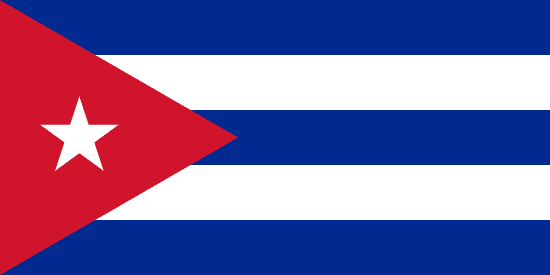"Primada de Cuba | First City of Cuba"
About:
Baracoa, Cuba's oldest Spanish settlement, was founded by Diego Velázquez de Cuéllar in 1511. It served as the island's capital until 1515. Baracoa's relative isolation allowed for the preservation of unique indigenous and Spanish colonial influences. The city was only accessible by sea until 1964 when La Farola highway was completed. Today, Baracoa is known for its rich history, distinctive cuisine, and vibrant music scene, attracting tourists from around the world.
When to visit:
Baracoa, located in eastern Cuba, is a charming coastal town known for its lush rainforests, stunning beaches, and rich history. The best time to visit Baracoa is during the dry season, which typically runs from November to April. During this time, you can expect pleasant weather with lower chances of rainfall, making it ideal for exploring the town's natural beauty and outdoor activities. Additionally, visiting during the holiday season in December offers a festive atmosphere with traditional Cuban celebrations and events to enjoy.
When to avoid:
Baracoa, located in eastern Cuba, experiences a wet season from May to October, with the peak of rainfall occurring in September and October. Therefore, these months are generally considered the worst time to travel to Baracoa, as heavy rains can lead to flooding, road closures, and limited outdoor activities. Additionally, the wet season coincides with hurricane season in the Caribbean, increasing the risk of severe weather disruptions. Travelers looking to avoid inclement weather and maximize their holiday enjoyment in Baracoa may want to consider visiting during the drier months from November to April.
Dry Season (November - April)
Dry Season (November - April)
Wet Season (May - October)
Wet Season (May - October)
Language:
In Baracoa, a city located in the easternmost part of Cuba, the most commonly spoken language is Spanish, as it is the official language of the country. Due to its location, there may also be a presence of Haitian Creole, reflecting the influence of nearby Haiti. However, Spanish remains the dominant language in everyday communication, government, media, and education.




